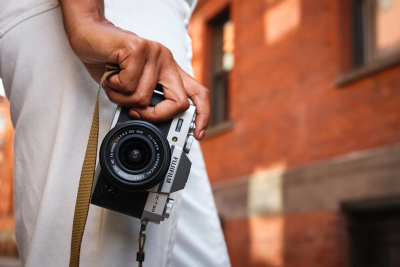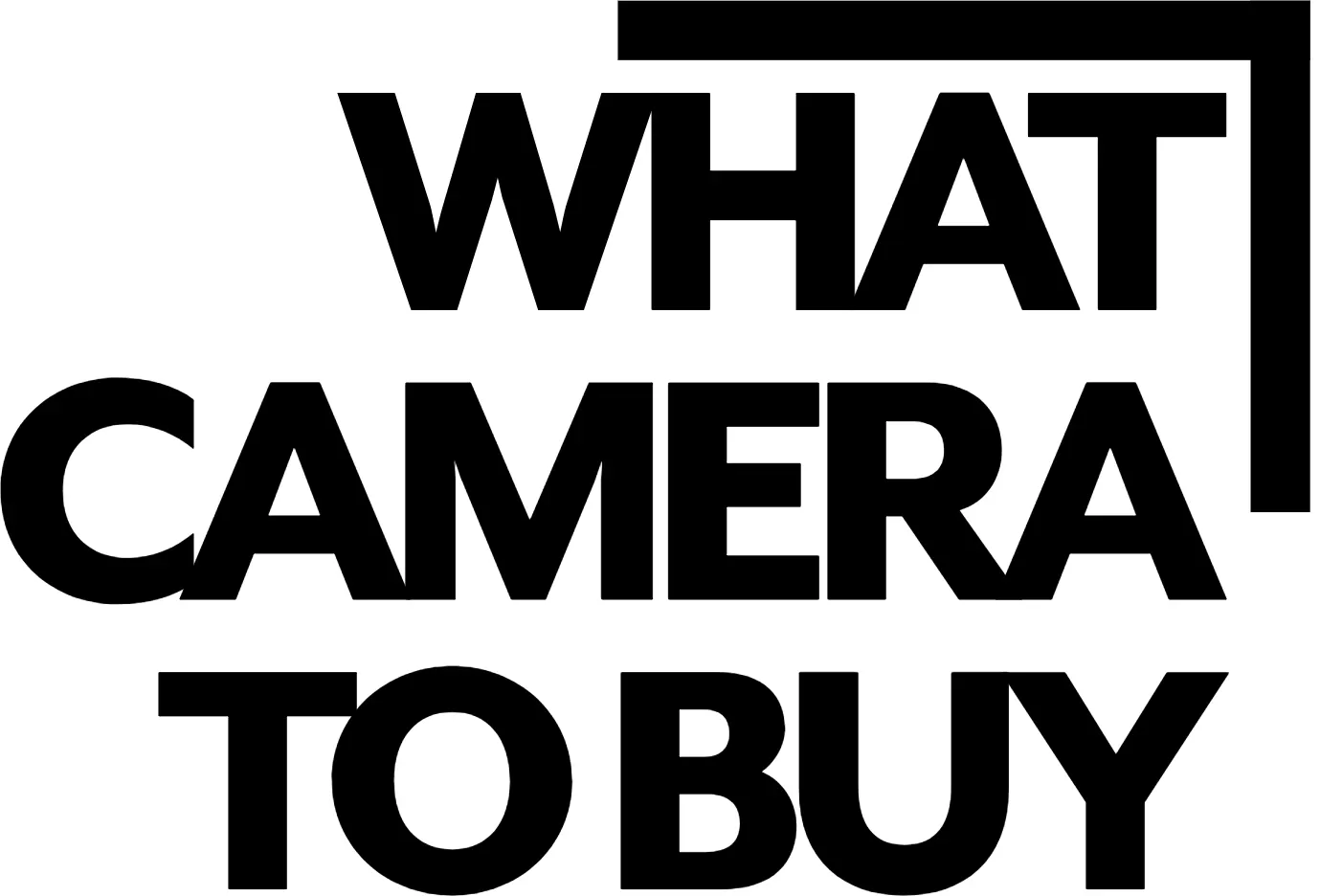Fujifilm X-T30 III Review: Fujifilm’s Compact Mirrorless Just Got Sharper, Smarter, and More Fun

Introduction
Fujifilm’s beloved X-T30 line has long been a favorite for photographers who crave analog charm, creative control, and top-tier image quality in a compact body. With the release of the Fujifilm X-T30 III, the brand adds some welcome refinements — faster processing, smarter autofocus, and a dash of creative flair — while keeping the retro-inspired design that fans adore.
At $999 body-only (or $1,149 with the new 13-33 mm F3.5-6.3 OIS kit lens), the X-T30 III sits squarely in the mid-range mirrorless market, competing head-to-head with the Canon EOS R10, Nikon Z50 II, and its bigger sibling, the Fujifilm X-S20.
This review explores how the X-T30 III blends Fujifilm’s film heritage with cutting-edge digital tech — and whether it’s the right camera for you.
What’s New in the X-T30 III?
The X-T30 III isn’t a radical redesign, but a smart evolution. Here’s what’s changed:
- New processor: Brings faster performance and improved subject recognition autofocus, on par with Fujifilm’s higher-end X-T50 and X-M5.
- Film Simulation Dial: Replaces the Drive Mode dial, offering three customizable “recipe” slots for your favorite looks — from Classic Chrome to Eterna Bleach Bypass.
- Enhanced video options: Shoots 6.2K open-gate at 30 fps and 4K 60 p with a slight 1.18× crop.
- New wide-angle kit lens: The 13–33 mm F3.5-6.3 OIS zoom (20–50 mm equivalent) gives vloggers and landscape shooters a fresh perspective.
Fujifilm hasn’t reinvented the wheel here — but they’ve tuned it beautifully.
Design and Handling: Vintage Charm, Modern Touches
The X-T30 III stays true to Fujifilm’s DNA: tactile dials, compact build, and an unmistakable retro aesthetic.
At just 378 g, it’s one of the lightest mirrorless cameras in its class, making it perfect for travel, street, and everyday photography. Despite the small size, it offers an impressive degree of manual control — two clickable command dials, an exposure-compensation dial, and a dedicated shutter-speed dial.
You’ll also find:
- Six customizable buttons
- A responsive AF joystick
- Swipe gestures on the touchscreen
The ergonomics can feel cramped for users with larger hands, but that’s the trade-off for portability. The tactile rubber grip helps it feel more secure than its size suggests.
Connectivity & Ports
The X-T30 III keeps things minimal but versatile:
- 2.5 mm mic/remote jack (requires adapter for most mics)
- USB-C port for charging, data transfer, and headphone monitoring via adapter
- Micro HDMI output for clean external recording
It’s a simple but capable setup for hybrid shooters — though vloggers may prefer the X-S20, which includes full-size 3.5 mm jacks and IBIS.
Fujifilm’s Signature Colors: Now Even More Accessible
One of Fujifilm’s enduring strengths is its Film Simulation modes, which replicate the look of classic film stocks while offering distinctive digital color science.
With the X-T30 III’s new Film Simulation Dial, users can store three personalized “recipes,” combining simulation type, contrast tweaks, and white-balance shifts. For creators who love shooting straight out of camera (SOOC), this feature is a dream.
Popular looks include:
- Provia / Velvia / Astia – Fujifilm’s core trio for natural to vivid tones
- Classic Chrome – Muted contrast with cinematic color
- Eterna Bleach Bypass – Modern, desaturated elegance
This makes the X-T30 III as much a creative tool as a camera — ideal for photographers and content creators who want professional color without endless editing.
Image Quality: Familiar Sensor, Excellent Results
The camera uses the proven 26 MP X-Trans BSI CMOS sensor, found in the X-S20 and X-M5. It delivers sharp, detailed images with excellent dynamic range and Fujifilm’s trademark color rendering.
Noise control remains impressive up to ISO 6400, and JPEG output is stellar. RAW files still require proper demosaicing (X-Trans files can be tricky), but once processed, they rival any APS-C sensor in this range.
Photographers who shoot landscapes, portraits, or travel will appreciate the balance between resolution, color, and speed.
Autofocus: Smarter and Faster

The X-T30 III’s upgraded processor powers subject-recognition autofocus, capable of detecting faces, eyes, animals, cars, planes, and trains. While not quite as sticky as Canon’s Dual Pixel AF II or Nikon’s latest tracking, it’s a big leap forward from the X-T30 II.
AF performance is fast and confident in good light, though continuous tracking can falter in very low light. For casual sports, events, and daily photography, it performs admirably.
Video Performance: A Capable Hybrid (With Limits)
The X-T30 III can shoot:
- 6.2K open-gate footage at 30 fps (full-sensor)
- 4K 60 p with 1.18× crop
- 1080 p up to 240 fps for slow-motion work
Rolling-shutter performance is solid, and colors straight from the camera are beautiful. However, without in-body stabilization, handheld footage can get shaky.
If video is your priority, consider:
- 🟢 Fujifilm X-S20 – adds IBIS and full audio ports
- 🟢 Panasonic G9 II – stronger stabilization, more pro-video optionsWhat Camera to Buy for Video Shooters
Still, for hybrid shooters who film occasionally, the X-T30 III delivers excellent 4K image quality and Fujifilm’s cinematic color science.
Battery Life & Power Options
Powered by the NP-W126S battery, the X-T30 III offers around 315 shots per charge (or up to 425 in Economy mode). That’s above average for its class, though long video sessions will drain it quickly.
The camera supports USB-C charging, allowing you to power it with a power bank on the go — a small but essential convenience for travel and vlogging.
How It Compares: Canon, Nikon, and Fujifilm Rivals
| Model | Price | Sensor | Stabilization | Video | Battery | Weight |
|---|---|---|---|---|---|---|
| Fujifilm X-T30 III | $999 | 26 MP APS-C X-Trans | Lens only | 6.2K/30, 4K/60 | 315 | 378 g |
| Canon EOS R10 | $1,099 | 24 MP APS-C | Lens only | 4K/60 (1.6× crop) | 350 | 429 g |
| Nikon Z50 II | $1,010 | 21 MP APS-C | Lens only | 4K/30 (no crop) | 230 | 550 g |
| Fujifilm X-S20 | $1,499 | 26 MP APS-C | IBIS (7 stops) | 6.2K/30, 4K/60 | 750 | 491 g |
The Canon EOS R10 offers slightly better continuous AF and ergonomics, while the Nikon Z50 II remains a strong all-rounder. But none match Fujifilm’s film simulations or design charm.
If you’re a Fujifilm fan who doesn’t need in-body stabilization, the X-T30 III hits a sweet spot of price, performance, and creativity.

Real-World Experience: Small Body, Big Personality
During testing, reviewers praised the camera’s image quality and responsiveness but noted some quirks:
- The front dial is sensitive and easy to press accidentally.
- The compact body can feel cramped for manual shooters.
- Buttons like the Q-menu can be triggered unintentionally, especially with gloves.
However, with Fujifilm’s deep customization options, these issues can be fine-tuned away.
The new 13-33 mm kit lens also stands out: it’s sharper than expected and far wider than the standard 15–45 mm kits from competitors — perfect for travel, interiors, and vlogs.
Who Should Buy the Fujifilm X-T30 III?
Buy it if you:
✅ Love Fujifilm’s color science and retro handling
✅ Want a compact mirrorless camera for travel or content creation
✅ Appreciate manual dials and tactile control
✅ Value photo quality and creativity over stabilization
Skip it if you:
❌ Prioritize handheld video (get the X-S20 instead)
❌ Need weather sealing or full-frame performance
❌ Prefer deep grips and large control layouts
Verdict: Refinement Over Reinvention
The Fujifilm X-T30 III isn’t here to revolutionize — it’s here to perfect the formula. It delivers everything photographers loved about its predecessor, plus smarter autofocus, faster processing, richer video modes, and a creative twist with its Film Simulation dial.
While it lacks in-body stabilization and can feel tight for larger hands, its image quality, portability, and artistic flexibility make it one of the best sub-$1000 mirrorless cameras of 2025. see: Best Mirrorless Cameras Under $1000
If you’re stepping into the Fujifilm ecosystem or upgrading from an older X-T model, the X-T30 III is a refined, inspiring camera that balances nostalgia with modern performance.
⭐ Final Rating: 4 / 5
Pros:
✔ Excellent image quality
✔ Creative Film Simulation dial
✔ Compact, lightweight build
✔ Beautiful color science
✔ Competitive video specs
Cons:
✖ No in-body stabilization
✖ Tight control layout
✖ Small buffer for high-speed bursts

